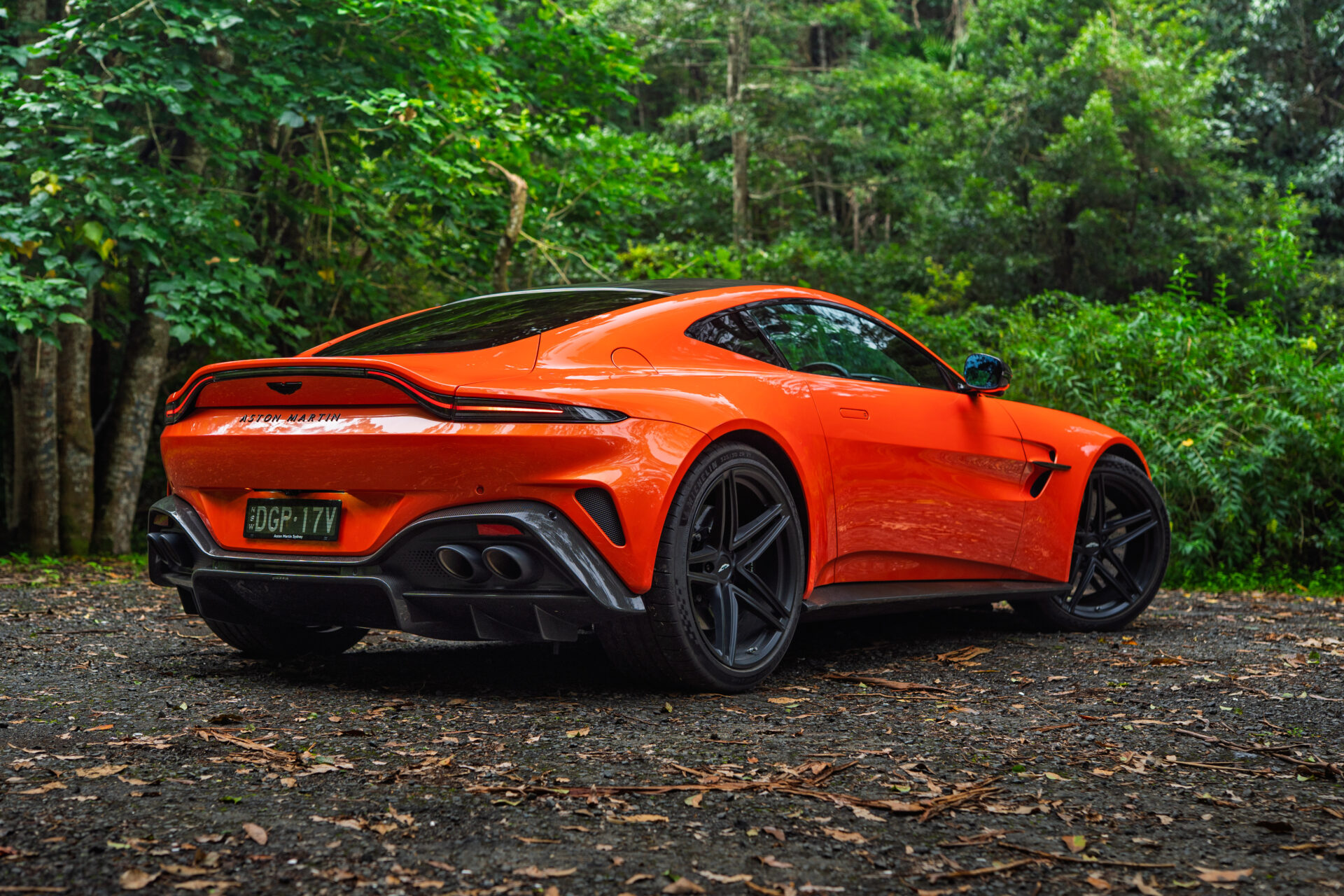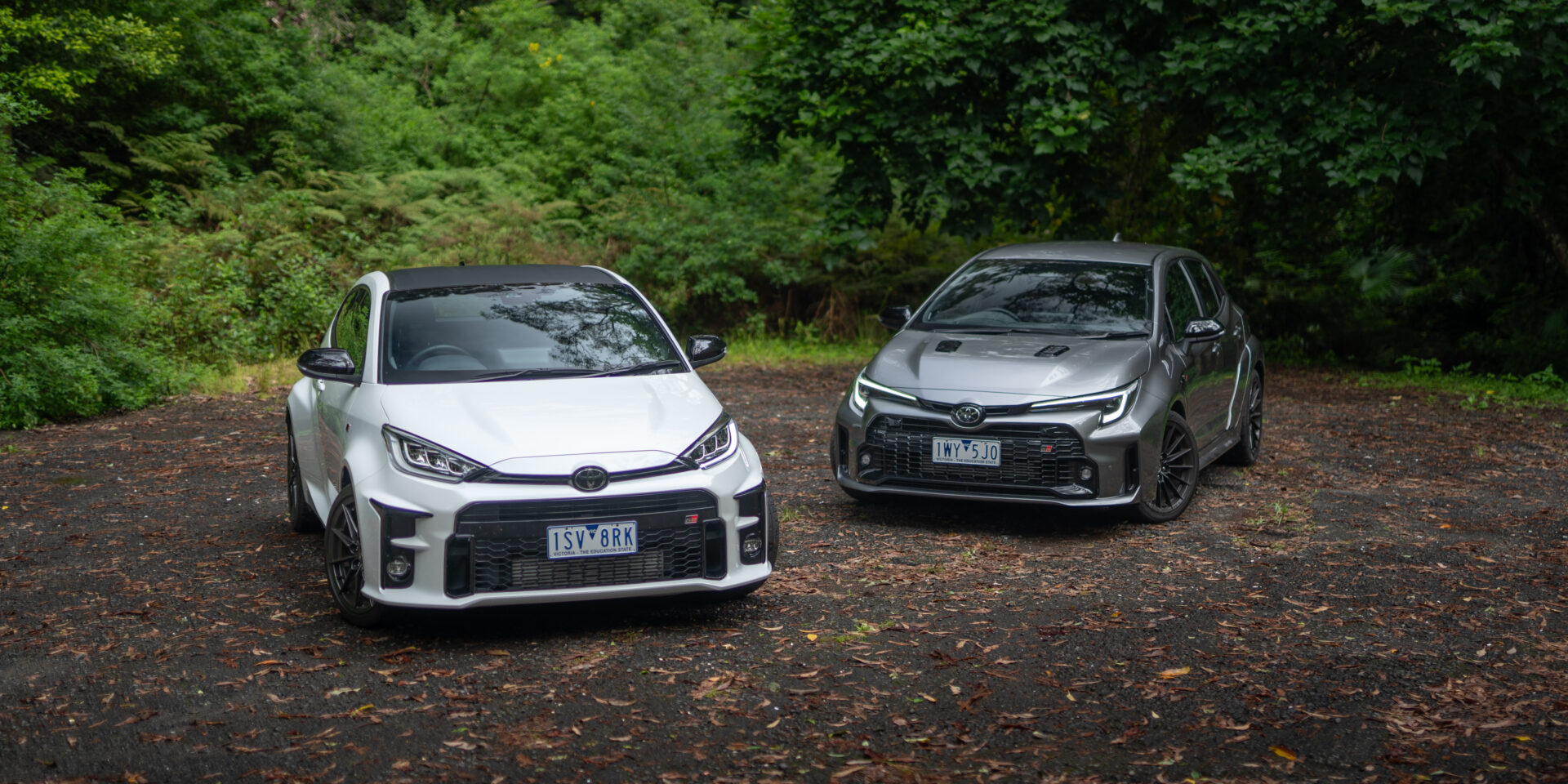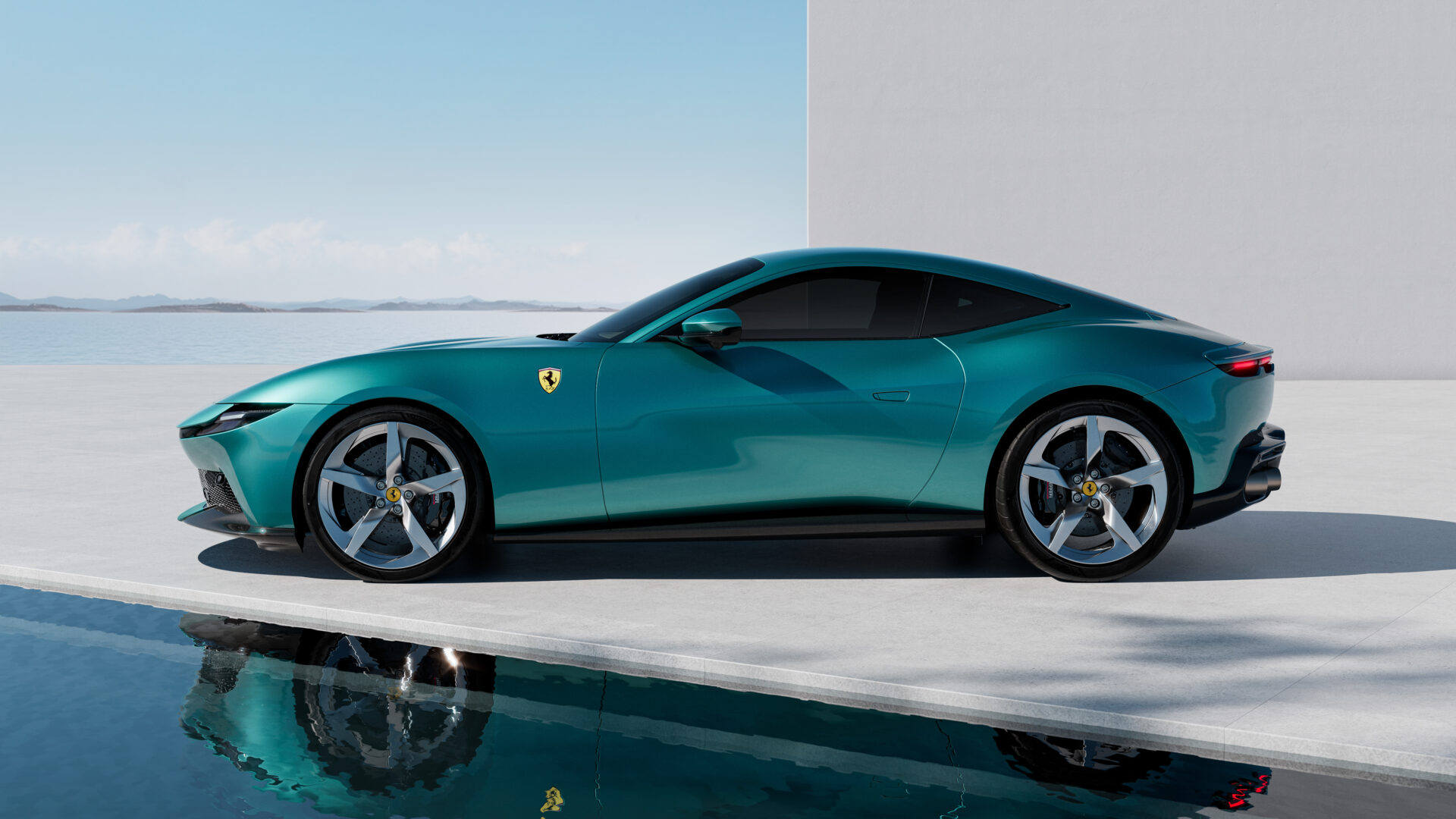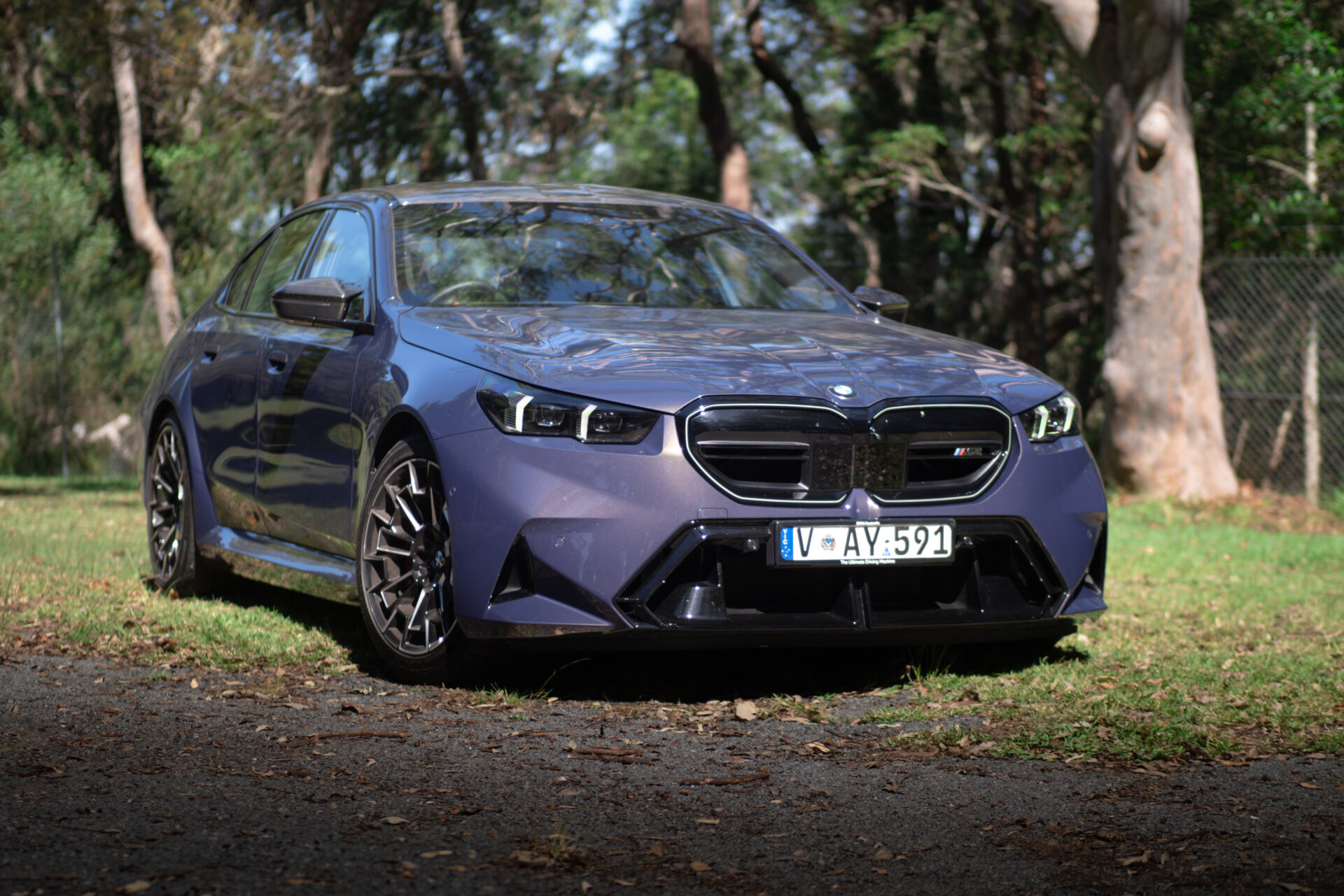The Lamborghini Huracan Spyder LP580-2 is Sant’ Agata’s “bargain” drop-top.
Right up front I’m going to tell you that I don’t like convertibles very much, even if it’s a Lamborghini Huracan. As a driver’s car, Lamborghini’s most affordable car is among my favourites, partly because of the generous racket it makes when you open up the throttle. Problem is, convertibles and my ridiculously fast-burning skin do not match. Every convertible I’ve ever reviewed has left me burnt and hot. And miserable.
However. I may be coming around a little bit. You see, most convertibles I’ve driven aren’t as good to drive as the fixed-head version. And not all convertibles have a Lamborghini V10 in the back…
History

The Lamborghini Huracan is the little brother to the madcap Aventador S and successor to the wildly popular Gallardo. The Huracan first saw light (officially) at the 2014 Geneva Motor Show to the usual mix of rapturous delight and idiots whining that Lamborghini had been too scared to design something crazy. It’s pretty crazy-looking if you ask me, especially in black. We got an accidental look at it in 2013.
The Lamborghini Huracan went on sale later that year as the LP610-4. LP stands for Longitudinal Posteriore, the engine mounted north-south behind the cabin. 610 tells us how many metric horsepowers and -4 tells us it’s all-wheel drive. In 2015, Lamborghini presented us with the Spyder at the Frankfurt Motor Show, with sales starting the following year. Alongside the 610-4 variants came the 580-2, a rear-wheel drive version.
Critical acclaim followed the Huracan wherever it went but the usual “it’s all wheel drive so it understeers” malarkey came with it. In 2016, slightly unexpectedly, Lamborghini gave us the 580-2, a rear-wheel drive classic supercar. Partly to quieten the peanut gallery but partly so dealers could offer a Huracan at a substantial discount to the LP610-4.
So we’ve got a two-for-one here – the 580-2 and the Spyder.
Lamborghini Huracan Spyder 580-2

There is nothing to fear from the loss of thirty metric horsepower. Ditching rear-wheel drive has saved a few kilograms but the reinforcements for the lack of roof weight more. A 610-4 Spyder weighs in at 1542kg (3392lb) while the 580-2 is 1509kg (3320kg). So it’s 30 horses down and 33kg (72lb) lighter. Hmmmm.
Lamborghini avoided disaster by sticking with a folding fabric roof. Folding hardtops are often disgracefully ugly – Ferrari need three goes before it got it right with the Portofino – and are heavy. The bodywork required some surgery but the effect is impressive – while there isn’t one of those dodgy springy windbreakers on the windscreen header rail, the cabin is quiet even at decent speeds.
If you look back to the Gallardo Spyder, the Huracan is forty-percent stiffer and that’s largely down to the aluminium and carbon space frame chassis. The interior is the same as the Coupe’s which is to say it’s a bit over the top and not ageing as well as it might.
Under the bodywork are a few detail changes. Springs and dampers are ten percent softer and the standard brakes are steel. The 580-2 isn’t just about delivering a classic supercar – it’s about making the Huracan cheaper, too.
Drivetrain

Powering the Huracan is the same 5.2-litre V10 from the 610-4, just with some software changes to reduce the power. That’s basically the sum total of the changes.
The cylinder bank angle is 90-degrees and sticks with the dry sump – there’s no other way the engine would fit. Irritatingly, you can’t see the engine in the Spyder, it’s sealed away. The only bit you can get to is the oil tank.
The same seven-speed twin-clutch transmission changes the gears, though, meaning rapid-fire upshifts and downshifts along with a delicious exhaust crackle. 0-100km/h is barely slower than the Coupe at 3.6 seconds. And if I was a betting man, I’d say that figure is a little on the conservative side.
It’s a brilliant engine, there are no two ways about it. Rev-happy, loud and obnoxious, it fits the Lamborghini bill. Here in the Huracan it’s great to listen to, with a messy bark on the downshift that sounds like a pre-ceasfire flurry of gunfire. As many of you know, this same engine rides in the back of the Audi R8 (in basically the same chassis) but it’s not nearly as much fun to listen to. Still fun, just not this much fun.
The rear wheels get their power through what Lamborghini calls “doppio frizione”, which sounds theatrical but just means twin-clutch.
Chassis

Aluminium and carbon fibre feature heavily in the Huracan’s space frame chassis, delivering a prodigiously stiff and strong car. Under here it’s not just a Huracan – it’s an R8 and the GT3 and GT4 race versions of both of those cars.
You can choose from three chassis modes – Strada (street), Sport and Corsa (Race). Some mode switches don’t mean much, but here in the Lamborghini Huracan, you’d have to be pretty thick not to notice.
Between the rear wheels is a mechanical limited slip differential. Those rear tyres are monsters, with standard 19-inch wheels (we had the gorgeous 20-inch wheels on our car) have 305 Pirellis while the fronts are rather more restrained 245s.
Lamborghini’s driving dynamics system has another cool-sounding name – the piattaforma inerziale – which translates to “inertia platform.” Someone described it to me once as 3D dynamics – it reads what the car is doing in three dimensions rather than the more usual two.
Driving

The Lamborghini Huracan is a terrific car. I’ve been lucky enough to drive it a few times before – on track and on the road – and every time I’ve come away loving it again. Let’s knock over a myth or two:
Myth 1: The Lamborghini Huracan Understeers
Yes. And no. Almost all road cars understeer, heck the Ferrari California T and 488GTB each has a smidge of turn-in understeer. I can tell you right now that both of those cars are brilliant and that the understeer is mild. So too is the Huracan’s. Now, not everyone gets to drive these, but internet and enthusiast wisdom tells you that understeer is always bad. It isn’t. If you need to swerve to avoid something – in low cars like this you have to do that a lot – turn-in oversteer is deeply undesirable. It’s how you back into hedges and it’s what made old Porsche 911s famous for backing into hedges and fences and deep ravines.
Does the LP610-4 understeer? Yes, and more so in Strada mode. But it’s controllable, consistent and very, very easily sorted. Does the Huracan LP580-2 understeer as much? We’ll soon see…
So if you’re one of those people who says the Huracan understeers, you can either stop or you can accept the realities of making a car fit for the road. Feel free to argue with me in the YouTube comments.
Myth 2: It’s just an Audi R8 in drag
Yes. And no. While it’s true that the fundamentals of the Huracan and R8 are near-identical, it’s actually very difficult to put these two cars back to back and honestly say they’re the same car. The Huracan benefits greatly from Audi’s input into onboard electronics, switchgear and even sat nav, but that’s about it.
It feels like a Lamborghini, it feels related to the Aventador whereas the R8 really, really doesn’t. And that’s a great thing for everyone, because despite them being the same platform, they feel different because they are different.
Myth 3: The Huracan’s interior isn’t as good as the R8’s.
Yes. Guilty as charged. It’s not bad, but the Audi’s is better for less money.
And on with the show…
The Huracan looks tremendous in bright yellow. No, I wouldn’t own a car this colour if you paid me to, but honestly, it’s amazing. Obviously, without a roof, it’s much easier car to live with as far as getting in and out goes. The doors are basically the same as the Coupe’s and it’s obvious that this car was always designed to be a Spyder.
The fabric roof folds away pretty quickly and when you’re in, you don’t feel at all exposed. Well, if you’re under six feet tall you won’t feel exposed. Much taller and you’ll be peeking over the header rail. The seats are super comfortable and those speedster-style humps behind your head look magnificent but also add to the feeling that you’re in the car and not on it.
Fire it up with the switch hidden under that ridiculous (and fabulous) red missile-style guard and the V10 shrieks into life before settling down into a quiet, if busy idle. The fully digital dash actually arrived before Audi’s Virtual Cockpit and for the most part, it’s good if a bit crowded when you’re doing things other than threading it down your favourite road. And the (optional!) reversing camera, which costs an extortionate amount of money in my home country Australia is better only than the terrible McLaren one. And that McLaren reversing camera is the worse in any car I’ve ever driven.
The steering wheel is lovely to hold and like a Ferrari’s, holds the switches for indicator and wipers on the face of the spoke rather than on stalks. The paddle shifters are the best in the business – big alloy units (don’t ever specify carbon fibre shifters, they feel nasty), they’re fixed to the column. Without stalks, they’re easy to reach and don’t suffer from clutter.
The driving mode switch is on the lower spoke.
Strada is, in short, pretty awful. The throttle is too sloppy, the noise is close to non-existent and in cars with the magnetic suspension, it’s just too soft. Along with light steering, it’s best avoided. So I did. Probably drove it for five kilometres to make sure it was as I remembered it. People sniffily denounce the Spyder as a poser’s car, but even in this version, you don’t want Strada.
Corsa is all about getting the car straight and going very fast around a race track. Some people really like this mode – it’s stiff, focussed and delightfully noisy while searingly fast. It’s not as fun as Sport.
Sport mode. Yes.
Sport. Yes. That’s where the sweet spot is. Along with the road and the crackle, the rear wheel drive really does suit this car so much better. There’s little wrong with the AWD versions, but seriously, this is the one to have. It’s just that little bit pointy, the weight is not only a touch lower, but it’s in a better place. The understeer is gone with the flex of a toe.
Like the Toyota 86 and Mazda MX-5, Sport allows a bit of body roll, which means you’re more involved. The traction and stability systems are less interested in getting you straight and hooked up, keen to let you wag the tail and enjoy yourself. All the while that engine – so charismatic, operatic, symphonic – is delivering a metric ton of punch, with 540Nm ready and willing to fry the rear tyres if you punch the button to shut out the nannies. It is a spectacular car.
What’s eve better about this particular car is the fact that you can hear the engine so much more, almost feel the heat and pop-pop-pop of the exhaust against your ear as you hustle it through the corners. Straights are boring, the Huracan loves corners and is happy on bumpy roads, especially in Sport mode where the extra softness compared to the -4 irons out the imperfections a little better.
Most of all, this car will make you feel like a hero. The electronics are perfectly settled for the road, dealing with pretty much anything a bad road can throw at you. The steering weight is just about perfect – never too heavy but with plenty of feel, you know what those tyres are doing. And because those fronts aren’t stupidly wide, it doesn’t get dragged into ruts. Heck, you can even do a U-turn in one of these on some roads without causing a traffic jam.
Is it my favourite Huracan?
Well, that’s a good question. See that video up the top? Watch to find out…
Want to talk about it? You can find us on Twitter and Facebook, Instagram and Youtube (don’t forget to subscribe!).










All images by the inimitable Rhys Vandersyde from InSyde Media





Leave a Reply